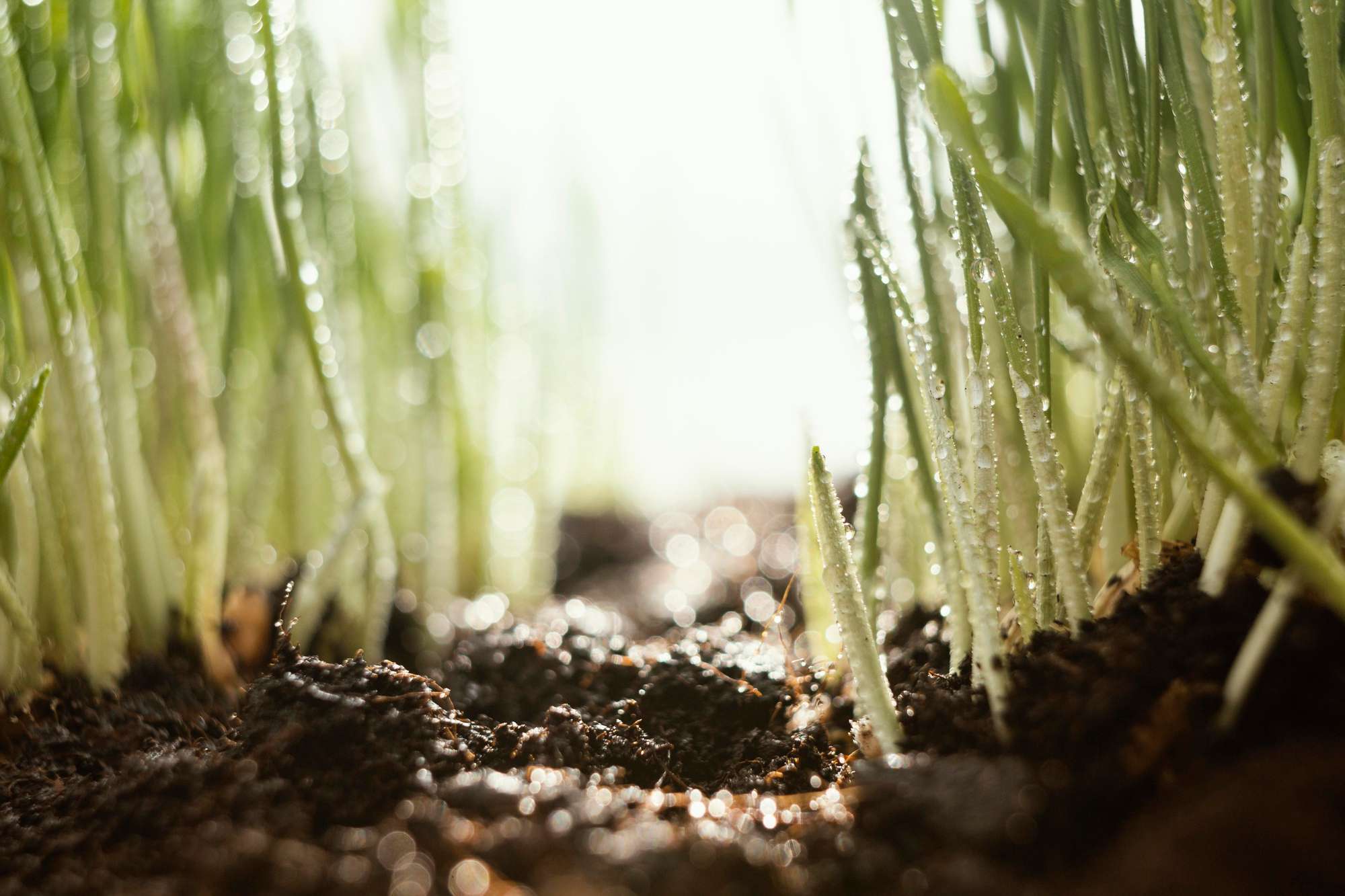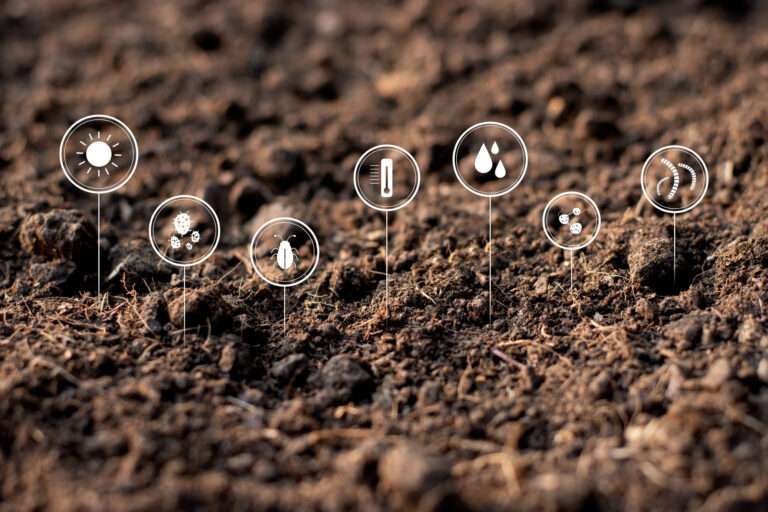Unlocking the Secrets to Enhancing Soil Quality for Better Growth
Soil is more than just the ground beneath our feet – it’s the foundation of every thriving landscape. For businesses and land managers, investing in healthy soil doesn’t just create greener spaces; it supports biodiversity, ensures long-term sustainability, and maximises plant growth potential. Whether you are responsible for commercial landscapes, parklands, or rewilding projects, enhancing soil quality is one of the smartest steps you can take.
In this article, we’ll explore practical ways to improve soil health, answer common questions, and show why soil enhancement is vital for long-term growth success in the UK.
Why Does Soil Quality Matter So Much?
High-quality soil provides the right balance of nutrients, structure, and moisture retention to support strong plant growth. Poor-quality soil, on the other hand, leads to weak roots, patchy growth, increased maintenance costs, and wasted investment in landscaping.
Healthy soil also plays a crucial role in:
- Biodiversity: Supporting insects, birds, and microorganisms.
- Drainage: Preventing waterlogging and erosion.
- Carbon storage: Helping organisations meet sustainability goals.
- Longevity: Ensuring plants thrive for years, not just seasons.
Signs Your Soil Needs Improvement
| ⚠️ Symptom | 🌱 What It Means |
|---|---|
| Patchy grass or planting | Lack of nutrients or compacted soil |
| Pools of standing water | Poor drainage and compaction |
| Excessive weeds or moss | Imbalance in soil pH and fertility |
| Stunted plant growth | Low organic matter and weak root systems |
| Hard, cracked soil surface | Poor structure and limited aeration |
If you notice more than one of these issues, it’s time to take action.
Key Strategies for Enhancing Soil Quality
1. Conduct a Professional Soil Test
Before making any changes, it’s essential to understand what you’re working with. A soil test provides valuable data on pH levels, nutrient content, and organic matter. This forms the basis of any effective soil improvement plan.
👉 Learn more about our approach to soil testing and enhancement.
2. Improve Soil Structure with Organic Matter
Incorporating compost, well-rotted manure, or green waste adds life back into the soil. Organic matter improves aeration, increases water retention, and provides slow-release nutrients. For large-scale commercial sites, green waste recycling and mulching are cost-effective ways to improve quality.
3. Balance Soil pH Levels
In the UK, many soils tend towards acidity, particularly in regions with high rainfall. Liming acidic soils raises the pH, improving nutrient availability. Conversely, overly alkaline soils can benefit from sulphur-based amendments. The right balance ensures plants can absorb nutrients effectively.
4. Aeration and Decompaction
Heavy footfall, machinery, and frequent mowing compact the soil, limiting root growth and oxygen flow. Mechanical aeration techniques, such as hollow tining, break up compaction and restore soil health. This is particularly important in parks, sports grounds, and commercial green spaces.
5. Nutrient Management
A tailored fertilisation programme ensures plants get the nutrients they need without overloading the soil. Controlled-release fertilisers and natural alternatives such as bone meal or seaweed extract are popular in sustainable landscaping.
6. Erosion Control and Drainage
On sloping or flood-prone sites, soil erosion can be a serious issue. Installing SuDS (Sustainable Drainage Systems), ground covers, or retaining structures helps protect the soil, while adding wildflower mixes supports pollinators and strengthens the landscape’s resilience.
Frequently Asked Questions
1. How long does it take to improve soil quality?
Some improvements, like aeration, have immediate results, while others, such as building organic matter, can take a season or more. Consistency is key to long-term gains.
2. Do I need to improve soil on commercial sites that already look fine?
Yes. Even healthy-looking sites can benefit from proactive soil care, which reduces future maintenance costs and ensures continued performance.
3. What’s the most cost-effective way to improve soil on a large site?
Recycling green waste into mulch and using it across your site is one of the most sustainable and affordable methods. Combined with aeration, it delivers measurable improvements.
4. Can poor soil still support landscaping projects?
Yes – with the right enhancement techniques, even poor soils can be revitalised. In some cases, engineered soils may be required to meet specific planting needs.
Business Benefits of Soil Enhancement
| 💡 Benefit | 🚀 Impact on Business Landscapes |
|---|---|
| Reduced maintenance costs | Healthier soil means fewer plant failures |
| Stronger environmental image | Supports sustainability and biodiversity goals |
| Improved site usability | Better drainage reduces downtime after rain |
| Long-term investment return | Healthy soil boosts property and landscape value |
Why Businesses Should Act Now
Enhancing soil is not just about today’s growth – it’s an investment in the future. Whether you’re maintaining a commercial estate, a local authority site, or a large-scale environmental project, prioritising soil health creates stronger landscapes and demonstrates your commitment to sustainability.
Waiting until problems arise often leads to higher costs, wasted planting schemes, and avoidable site disruption. Acting now ensures landscapes thrive season after season.
Conclusion
Healthy soil underpins every successful landscape project. From nutrient balance and aeration to drainage and pH management, the steps outlined above are proven strategies for long-term improvement. For UK businesses, landowners, and organisations, enhancing soil quality isn’t just about better growth – it’s about building landscapes that are sustainable, cost-efficient, and resilient for years to come.
Killingley Insights is the editorial voice of NT Killingley Ltd, drawing on decades of experience in landscaping, environmental enhancements, and civil engineering projects across the UK.








